I love going to writer’s homes. Standing in the very place they wrote and trying to absorb some of their thoughts and talents. Thomas Hardy has been a particular favourite (Have a read of my blog about his Dorset life) but I’ve been saving Greenway, Agatha Christie’s home for a while. Last summer, it was on the agenda for the last day of a two-week holiday to the West Country. I’d saved it to the very last moment for the day we returned to London knowing that we’d have a wonderful last day of the holiday and I might not feel so bad about returning to the smog of West London living. Greenway is nestled in a wooded valley which runs down to the River Dart. From the lawn outside the house you have wonderful, far reaching views across the valley to the river and the house couldn’t be more perfect as a holiday home for this notorious writer.
I love playing the piano and I love an opportunity to play someone else’s piano. Not every National Trust house will let you as many are so old and delicate that it would damage them, but to my absolute delight I was allowed. I have been very fortunate recently to play a number of pianos in heritage properties and each one is different and each one fills me with delight. I recently also played in Jane Austen's house and at the National Trusts Basildon Park. I slowly sat down and played some Bach and Tchaikovsky. What an absolute treat and something I will never forget. How incredible to sit at the very same piano that Agatha Christie did and hear the same echoes of music around the walls as her and her family would have enjoyed. She loved music and one can imagine the musical entertainment that must have happened here during parties and Christmases with the family.
The smell of damp woodland was glorious after that mornings rain and William was in his element as a four year old with woods, mud and sticks to find! We had a lovely walk down the valley through the woods. And although it is predominantly trees, there are some wonderful flowers which suddenly leap out at you, providing a splash of colour amongst the greenery. The boathouse at the bottom of the valley is famous as it is the setting for Dead Man’s Folly, in which the house also features. I’m currently making my way through the audio CD read by David Suchet on my way to work in the mornings which I bought in the shop. Walking up another path, back up the valley you head to the more formal gardens at the top, and you find The Walled Gardens. There is a peach house which has been completely renovated, a vinery, vegetable plots and an allotment which is looked after by Galmpton Primary School. In the south walled gardens there are beautiful borders filled with hydrangeas which flower throughout the summer. There are also beautiful borders filled with one of my favourites, Dahlias.A great secret little discovery was the recently restored fernery, which you can find behind the walled gardens and close to the dahlia borders. The damp smell of ferns and mosses with a water fountain creates a wonderful place of tranquillity and harmony. A great place for children to play hide and seek and as I stood listening to the splash of water in the fountain, while William laughed at his reflection I was transported back to a time when life was so much calmer and the pace of everyday life slower.  After our big walk around the estate we went to the shop and the cafe for a well earned lunch. As usual with National trust cafes they have a good selection of hot and cold food, some lovely baked potatoes and a good selection of cakes and afternoon teas. The shop was stocked with a good array of national Trust products as well as plenty of books and things to satisfy every Agatha Christie fan! This was a truly magical trip and I am so glad that I have finally managed to visit. I loved it – I fell in love with it as soon as I saw it. I have been so intrigued by Agatha Christie and her life for so long, that it was really special to finally step into her shoes just for a brief moment in time. Greenway is tucked away and be warned if you intend on driving there, then you will need to book your parking space in advance. Parking spaces are timed so you only have a limited time at the property. I completely understand this is needed as parking is limited and they want to allow as many people as possible to visit. It’s just a shame as we had no option but to drive and we didn’t get to see everything as we just ran out of time. It also meant we were literally throwing jam scones down ourselves to make sure we got back to the car in time! Better planning needed next time. But you can get a bus there or the ferry over from the village of Dittisham using the Greenway Quay services. These options would allow you loads of time to explore and soak up the woodland walks and have more time to just potter around. National Trust Website
www.nationaltrust.org.uk/greenway Parking: All Parking spaces must be booked in advance of visit. You can book by visiting: http://www.nter.org.uk/ or calling 01803 842382. Same day booking is possible by telephone depending on how busy they are and phone lines open 9am-4pm. When you arrive you are greeted by a car park attendant who shows you where to go. Parking charges for non-National Trust members: £3 session.
19 Comments
I have always loved the stories, ever since my mum read the Tale of Mrs Tiggywinkle to me as a child. Many children and adults will be familiar with Peter Rabbit and his escapades in Mr McGregor’s garden, and perhaps not so familiar with Tales such as The Tale of Pie and the Patty-Pan. Perhaps even less familiar are we that many of the illustrations represent not only Beatrix Potter’s love of gardens and indeed her own garden at Hill Top, near Hawkshead in Cumbria but also of the village of Near Sawrey where she lived.
For many years the family holidayed at Dalguise in Scotland, but when this was no longer available they turned their attention to the Lake District. Close to Scotland and with similar breath-taking landscapes and water, it was here that the shy Beatrix Potter’s heart found happiness. For the rest of her life, Potter became a prominent figure in the Lake District, not only as a writer and illustrator, but as a gardener, landowner, sheep breeder, agriculturalist and wife. She described in later years London as her ‘unloved birthplace’ and both her and her brother Bertram found solace in the fresh air, surrounded by beautiful landscapes. Hill Top in near Sawrey, just to the West of Windermere was purchased with the money she had received in royalties from her early books, published by Fredrick Warne. After the untimely death of her fiancée, Frederick Warne, she bought Hill Top within two months and set about transforming it into the home and garden she had dreamed of for so long. Hill Top was and still is a warm and cosy 17th century cottage, which is part of a larger estate and far, set in some 30 acres.
She surrounded herself with colour and beauty and many of the nooks and crannies of her garden as well as the village can be seen in her books: Her vegetable patch became Mr McGregor’s Garden and Jemima Puddleducks hiding place for her eggs, her front door with its foxgloves and roses and the long front path with its deep borders and trellis work was featured in The Tale of Tom Kitten. Yet, increasingly she threw herself into life as a countrywoman, breeding a fine stock of Herwick Sheep, showing at Agricultural shows, buying farms and large areas of Lakeland to ensure its survival and preservation away from modern developments. Her friendship with Hardwicke Rawnsley, one of the founding members of The National Trust was also key in ensuring the preservation of so many thousands of acres of land.
She later said that this was how she wished to be remembered – as a countrywoman and wife. It seems that these were, in the end, more important to her than her writing and illustrating. Beatrix Potter died on 22 December 1943, following bronchitis. There were to be no flowers or mourning and her ashes were scattered above Hill Top. At her death she owned 15 farms, several cottages and around 4000 acres of land which went to the National Trust. Standing on the hillsides surrounding Hill Top, looking over to Windermere it is easy to see why Beatrix fell in love with the Lakes. I’ve always felt much abler to write and read when in the countryside, there is something incredibly therapeutic and humbling about being surrounded by such vast swathes of countryside, mountains and water. For me, I always feel like I’ve been transported into another world when I turn off the M6, and even to another era. Standing in the garden of Hill Top, it's almost hard not to expect her to appear from the cottage as you hear the crackle of the range and the old Grandfather clock chime twelve. For The Adventure
Hill Top is owned by the National Trust and open to the public. Situated in the village of Near Sawrey near Hawskshead. There is a small car park in the village (which used to be Potter’s orchard) with a short walk to the cottage. It is suitable for families, but take note that entry is by timed ticket and the cottage is small, so it’s worth getting there early. The garden is at its best in late Spring and Summer. The small village also has many places of note which are also featured in Beatrix Potter’s Books such as Buckle Yeat and the Tower Bank Arms, as well as Castle Cottage which can been seen from Hill Top across the field opposite. http://www.nationaltrust.org.uk/hill-top Nearby Wray Castle is where she spent some summer holidays with her family and can be visited on the same day as Hill Top given enough time. http://www.nationaltrust.org.uk/wray-castle 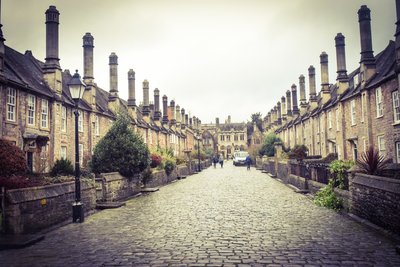 Looking back, the census returns were probably my main starting point for my own family research, after searching through the mountain of Birth, Marriage and Death certificates that my mum had kept for our family. Suddenly a whole new world opened up for me... so many people. It felt like a little portal into the world of the Victorian age had suddenly revealed itself to me - so many names, occupations I'd never heard of, places, unusual names and wonderful italic handwriting. Some of it totally illegible but you can't have everything. The census returns became an important part of my family research for some time and now they've become incredibly useful for my house history research as well. The first census took place on 10 March 1801, details of individual names were not recorded but it gave details of numbers of inhabitants so the government could get an idea of the population and the number of dwellings in the country. The main census as we know it today, started in 1841 and was taken on a Sunday night in Spring, when it was thought people were most likely to be at home and not off trying to find work. They showed an increase in the population by 52% in the space of 50 years! 1841 - 6 June 1851 - 30 March 1861 - 7 April 1871 - 2 April 1881 - 3 April 1891 - 5 April 1901 - 31 March 1911 - 2 April You can expect to find the following information on census returns: First name, surname, age, address, occupation, relationship to head of the house, place of birth. As the years went on the returns became more detailed and required more information. 1911 was the most detailed census of all, often referred to as the 'fertility census' as it required more detailed information on the children as well as the houses themselves. So later returns you will also find: Number of years married, number of children living and deceased, number of rooms, nationality, infirmity, more detailed information about occupation and industry, postal address The house could be listed as inhabited, empty or building as well as the number of rooms and the type of property. Those present in the house are recorded, including the number of years married, and the number of children living and deceased. The returns are fairly detailed and provide a good amount of information for your house history research, although there are gaps as many women boycotted the census and refused to give the information, in a stand about being given the vote. A summary book was also issued by the enumerators, and these can also be found on Find My Past.  The census returns can help the House Historian in a number of ways - not only can they tell you who was living in your house at the time, but they might also reveal information about your neighbours, past names of the property or reveal number changes, tell you how many rooms it had and reveal changes that might have been made to the size of the house, it might also provide information on other properties which no longer exist and which help to shape the history of your street. Obviously there are pitfalls to the returns and as they were only taken every 10 years you will mostly likely have gaps, unless people remained in their house for some time! So your findings will need to be complimented with other records. Also, one must remember the likelihood of human error. The schedules for the census were left with each householder and were collected by the enumerator on the day following the census. They then entered all the information into the summary book. It is reasonable to assume that mistakes will have been made both in the copying of the householders information made by the enumerator into the summary book, and also possibly further down the line as information has been transcribed and recorded onto Ancestry and Find My Past. Much of the handwriting is very difficult to read, and as spelling was not necessarily standardised and since people often had their own variations this can lead to frustrating brick walls and dead ends. Many people were illiterate and for those returns as well as those that the enumerator could not read, he would have then written in the details himself as told to him by the resident. The early census returns also rounded up peoples ages to the nearest 5 years, therefore not recording accurate ages. Similarly, not everyone always knew when they were born and following the 1891 census it was reported that both men and women often lied about their ages. However, they can provide a starting point and we all need one of those, wherever that point might be! And the information can be a great start to helping you delve into other records such as enclosure and tithe maps and records, poor rates and records, church records, manorial records, land records and lease agreements. The census has helped me no end with both my family research and the house histories I have bene doing. So here are a few top tips that I’ve made – Things I’ve learnt! Have a rough idea of when you house was built - you can use Land registry records, or maybe local history books will give you an idea. For more recent homes, I've found local residents to be a hive of information too! See if you can find out the relevant county or registration district - be aware, that sometimes these changed. You may need to consult your local reference or local studies library to let you know if there were any changes. Be prepared to try variations on the name of your road, and always tick boxes that allow for variants. Spellings were not standardised, and those completing the returns often had their own variations on names therefore it is important to be aware of the variations that came happen, in road names, house names and occupant names as well. Similarly variations can happen on the spelling of peoples names - use nicknames, use the wildcards, miss out middle names and spell names wrongly! Some addresses were not written in full and you may find that house numbers are missed out altogether. Therefore you may need to cross reference with another census. On Find My Past, for 1911 you can search by people or address and for the other years you can search by street address. Be aware, that sometimes you do need to play around with your spellings in order to find the place! Use the wildcards, using a * to replace a letter. Sometimes it is better to think ‘less is more’ and leave out all the information you think you know and search with a limited number of ideas. And finally....... I might also add a new little discovery of mine which is the 1939 register, available on Find My Past which brings us just a little bit closer to the present while we wait for the 1921 census to appear. Again you need to pay for this, but this is a nice little addition - although again you might find gaps. No-one under 100 years old can be viewed or anyone who has died since 1991, but again this might be a starting point. Both Ancestry and Find My Past have census returns online for viewing, although as both are subscription services if you want to download and view images and transcriptions you will need to pay for these. But UK Census online provides a free service for searching the returns https://www.ukcensusonline.com/ - however you can only search for names rather than addresses. Useful Links
Find My Past www.findmypast.co.uk Ancestry www.ancestry.co.uk Ancestry, 1801 Census returns, www.1911census.org.uk/1801.htm National Archives, Census Records, http://www.nationalarchives.gov.uk/help-with-your-research/research-guides/census-records/ - this gives a handy fact sheet about using the census returns with links to archived pages from the National Archives Historical House Project. A Vision of Britain Through Time, http://www.visionofbritain.org.uk/census/index.jsp - this details reports made from the census finds up to 1971. A Vision of Britain Through Time, A Guide to Census Reports, www.visionofbritain.org.uk/census/Cen_Guide Family Search familysearch.org/search/collection/list#page=1&recordType=Census |
Archives
April 2019
Categories
All
|
Proudly powered by Weebly
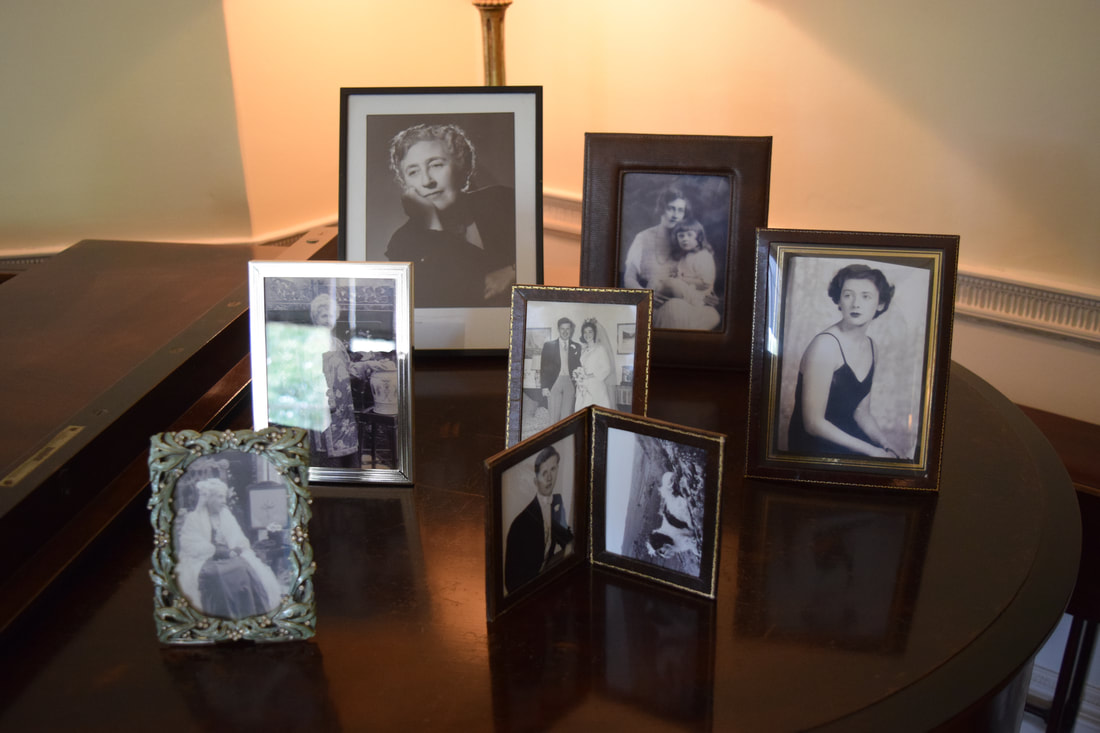

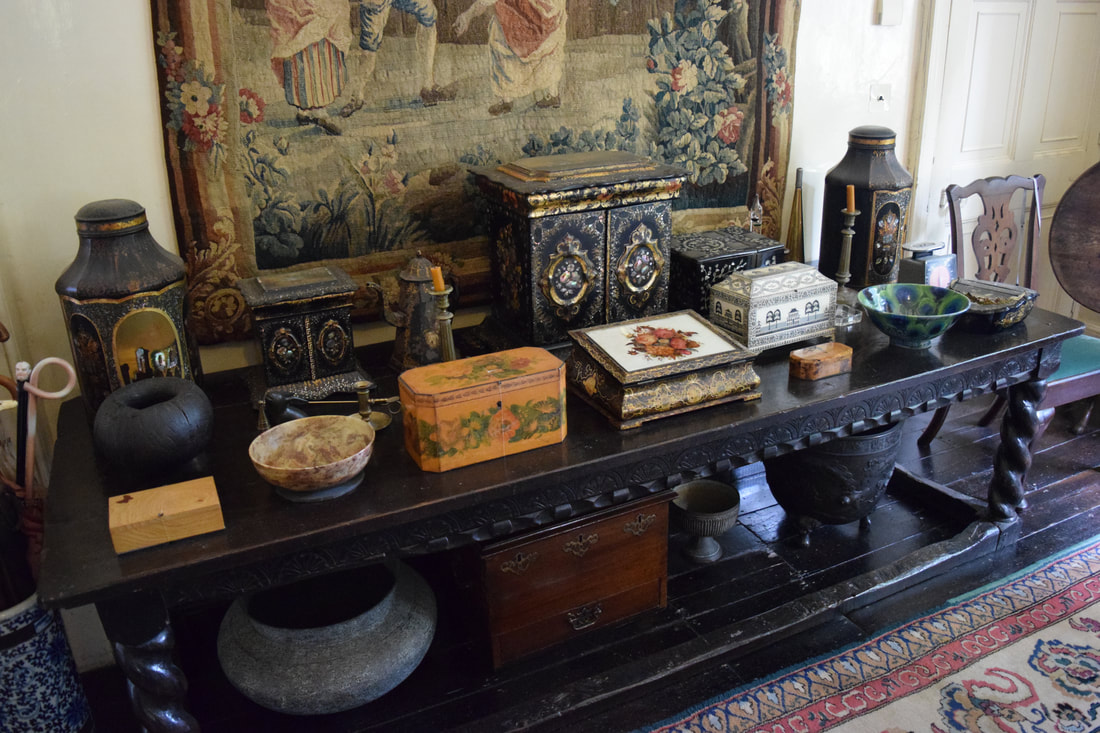









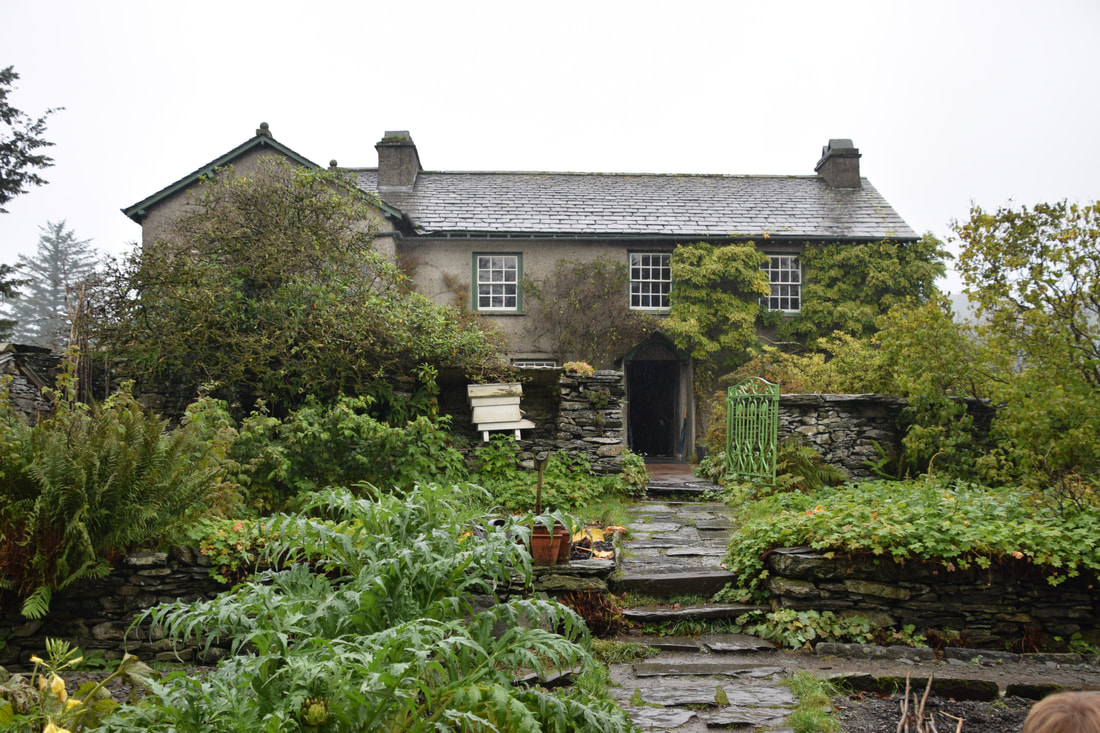





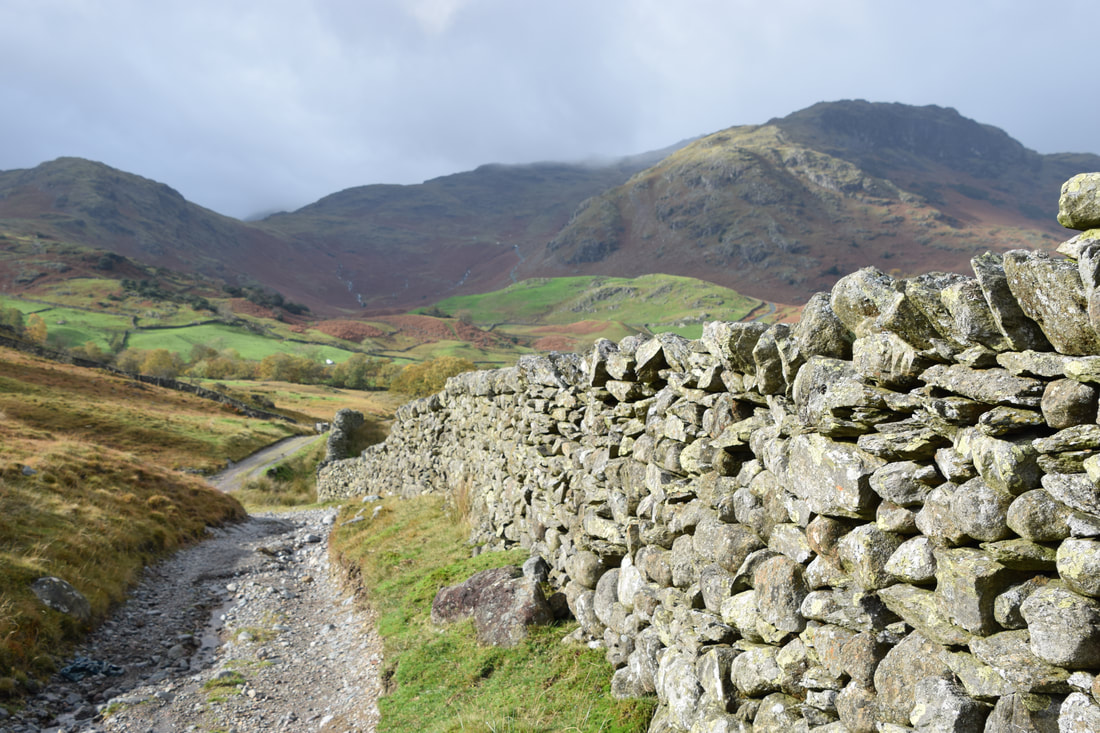








 RSS Feed
RSS Feed